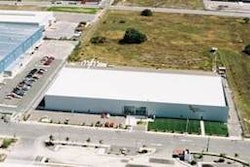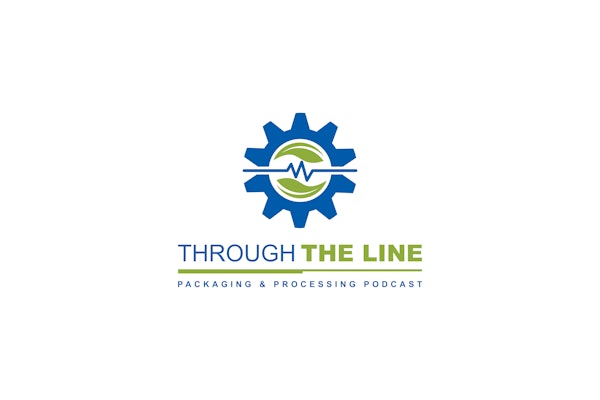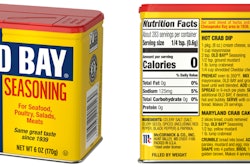PAC NEXT has published its members report, “Policy Best Practices that Support Harmonization: Summaries of Eleven Global Extended Producer Responsibility Programs.” This project was created to help education and harmonization processes with a goal of resource recovery, and reducing cost and regulatory complexity.
As one of the five initial projects focused on achieving the PAC NEXT vision of A World Without Packaging Waste, the founding members identified that a variety of global policies and legislative approaches existed to improve packaging material recovery, with mixed success.
Says Alan Blake, PAC NEXT Executive Director, "While there is wide disagreement on the effectiveness and efficiency of EPR legislation, this project was designed to develop a fact base of global best practices related to recovery solutions and EPR policies; to identify agreed-upon best practices that would support industry and government collaborative efforts to create harmonized solutions for managing packaging waste in non-regulated or EPR-legislated jurisdictions.”
Several PAC NEXT members financially impacted by Canadian EPR programs were particularly interested in discovering ways to reduce cost and regulatory complexity. As such, Printed Paper and Packaging (PPP) EPR programs in Ontario, Quebec, Manitoba, and British Columbia were compared with EPR programs in Belgium, France, Austria, Germany, the Netherlands, the U.K., and Australia.
The attributes for an optimized and harmonized EPR system should include the following:
• Covers residential, public, and industrial, commercial, and institutional (IC+I) sources
• Covers all material types (including printed paper)
• Low cost/ton
• High collection and recycling rates
• High-value materials/high material quality
• Program convenience
While preliminary data analysis focused primarily on EPR programs, the following policies were identified as complementary, playing an important role in increasing the performance of packaging collection and recycling systems:
• Pay as you throw (PAYT) programs
• Mandatory recycling requirements
• Landfill bans for recyclable materials
• Container deposit programs
Says PAC CEO Jim Downham, “This is an excellent overview of global packaging recovery and reduction solutions providing helpful insights into what it takes to create a high-performing program. We hope that this work will help to advance the discussion and engagement to deliver best practices that improve EPR in Canada while also helping to find great industry-focused solutions and approaches that can lead to zero packaging waste in non-regulated jurisdictions.”
























